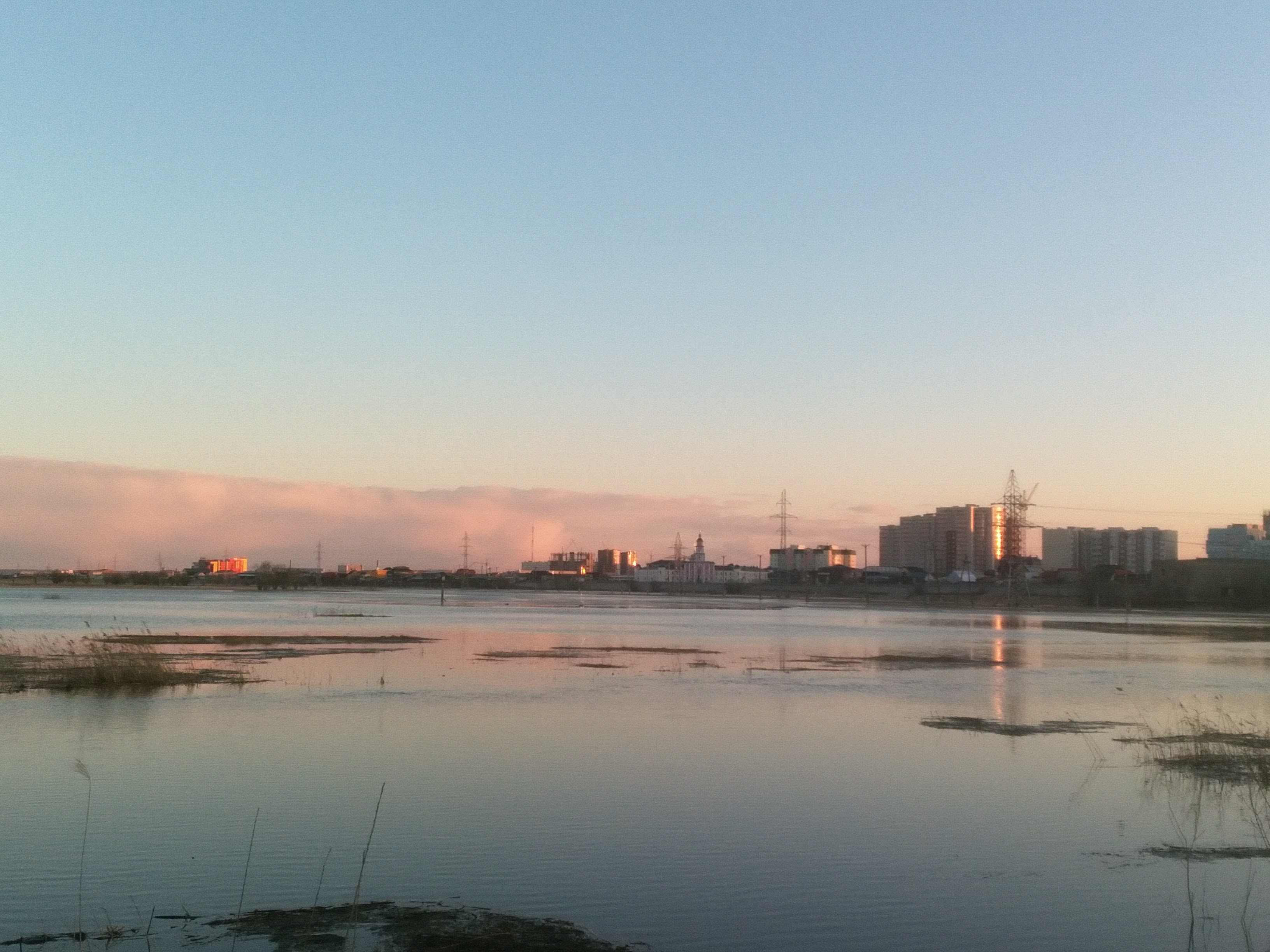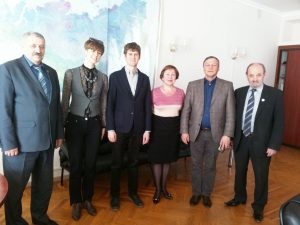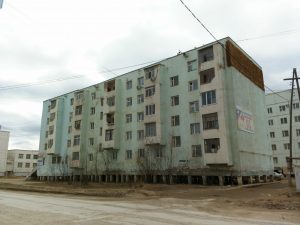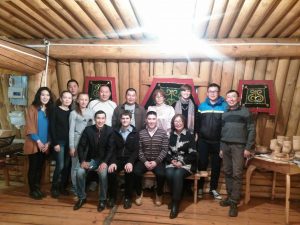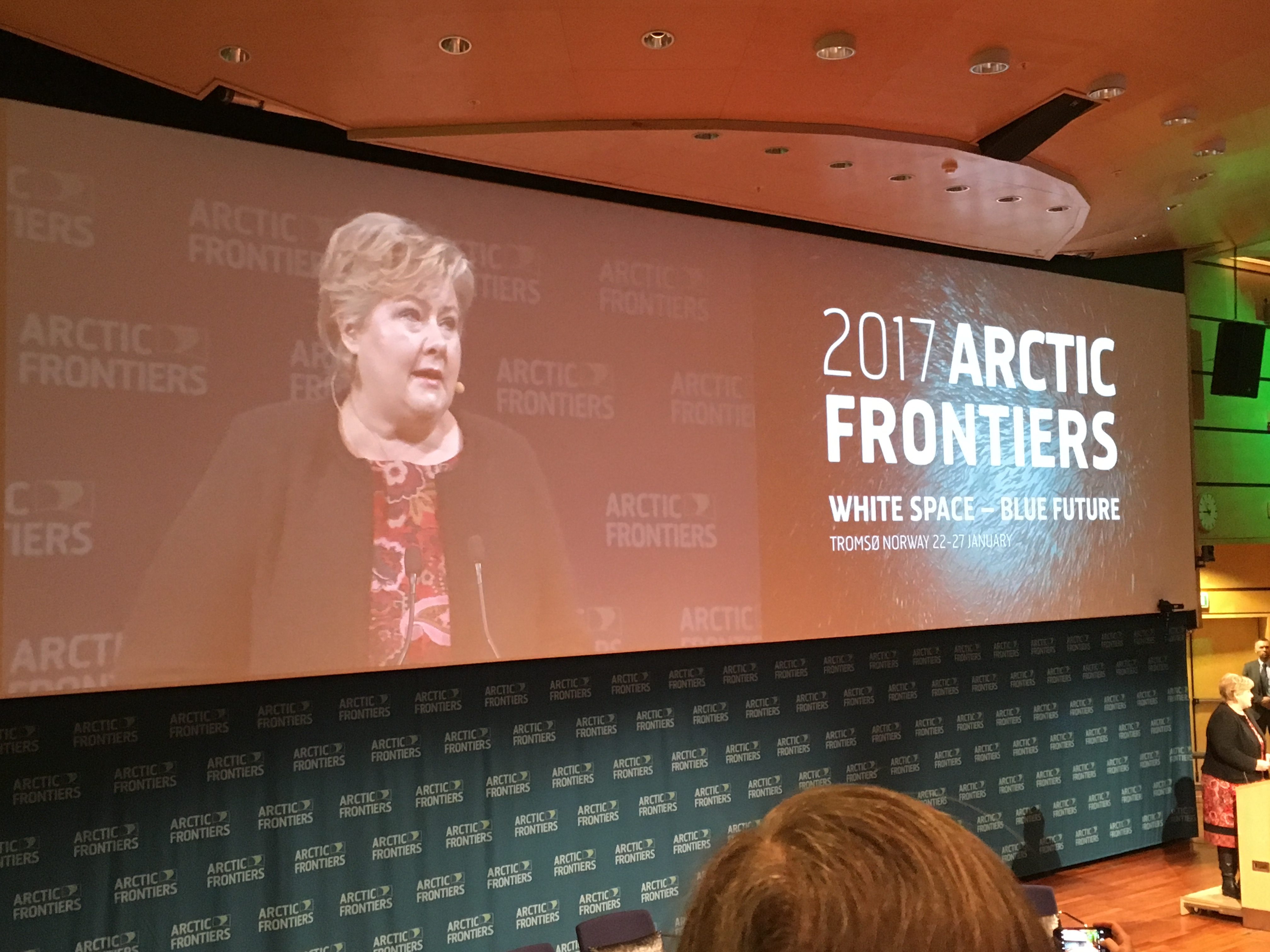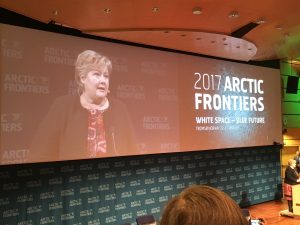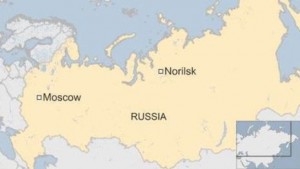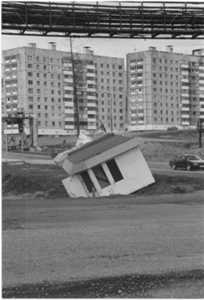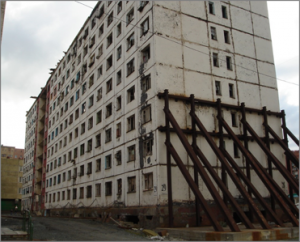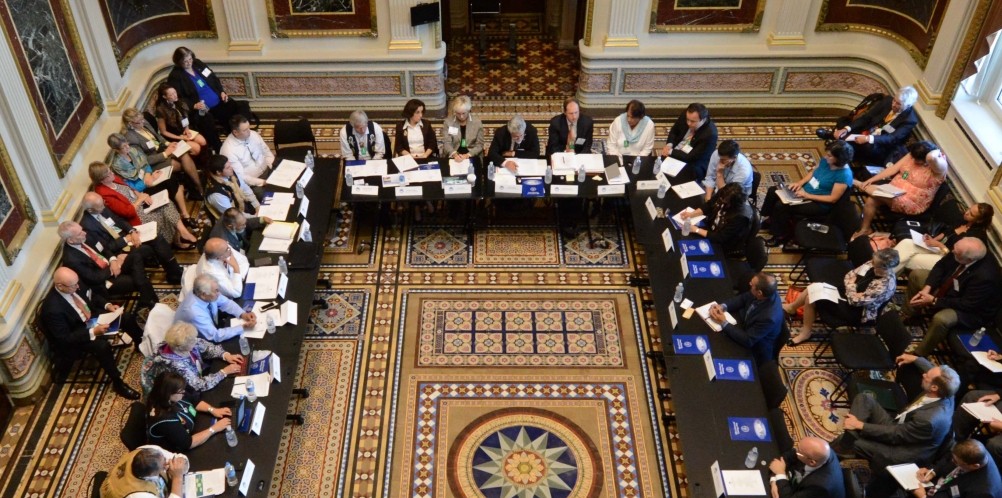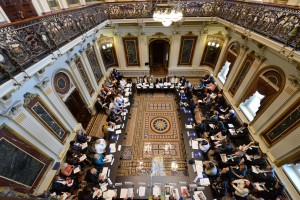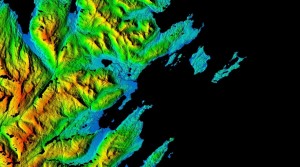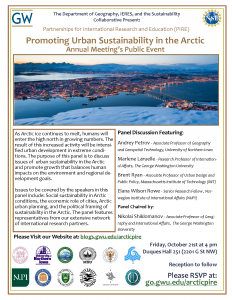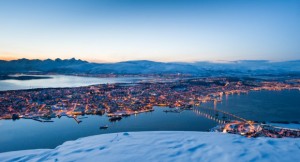At the edge of town, a brand new playground sits unused, the swings perfectly still. The park is eerily quiet, with only a distant excavator piercing the silence. A lone Arctic Hare looks at me before bounding off. A few white wildflowers are blooming along the edges of the wide crushed gravel paths, but otherwise there’s not much in the way of life here. Each of the park’s quadrants are buffered by a low wall made of wire cages containing bits of brick and concrete rubble. Benches are made from the same. Beyond these rubble walls sit a row of vacant brick buildings, the windows removed, and a menagerie of plumbing fixtures on the lawn. These buildings are destined to become nothing but rubble like that which forms this park. A pair of blue banners boast “decommissioning for continued mining” in Swedish and English. Kiruna, Sweden, is slowly packing up and moving the whole city three kilometers east because of destabilization due to iron mining.
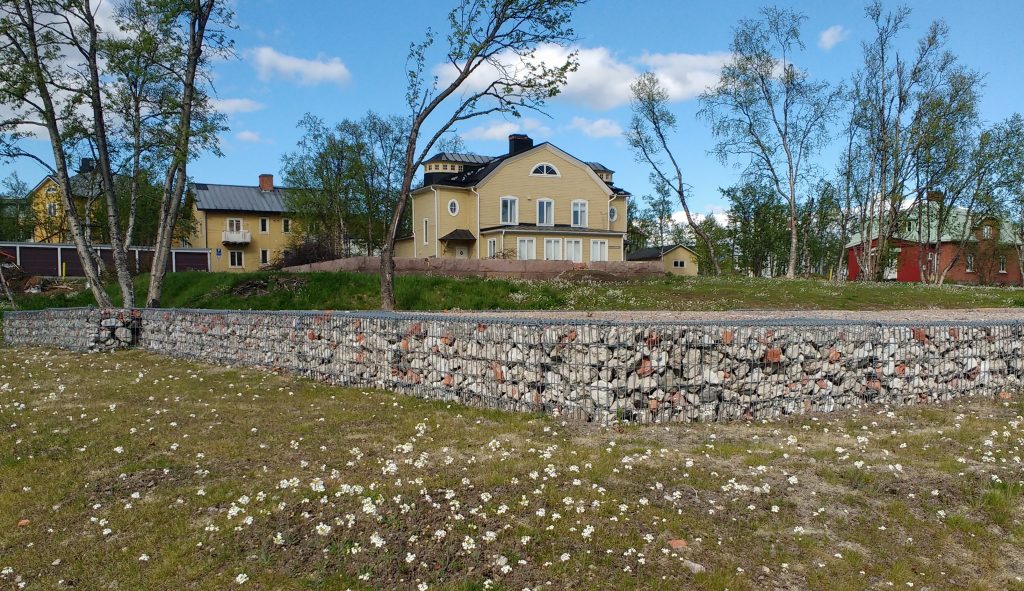
Kiruna is one of many Arctic cities that has chosen relocation as an adaptation to environmental changes. Whether primary human activity, secondary effects of anthropogenic climate change, or other natural phenomena, environmental changes in the Arctic often present cities with limited means of adaptation other than relocation.
In Kiruna, the nearby iron mine is both the lifeblood and the angel of death for the city. The iron ore runs deep, and inconveniently right under the current city center. The choice between ceasing mining and adapting to the destabilization hardly seemed like a choice. While tourism is booming here north of the Arctic circle, this is first and foremost a mining town, and if not for the mine, Kiruna would not exist at all. And so the city is moving. The most vulnerable buildings have already been removed, and just outside of town, a handful of historic buildings sit on trailers, having been liberated from their foundations, and await relocation to the new city site. Eventually the whole city center will be relocated, and buildings that the town has identified as historically or culturally important—the clock tower, the cathedral, iconic “inkwell” houses—will be moved to the new site, while less important buildings such as the 1960s-era brick buildings built as company housing will be dismantled. LKAB, the state-owned mining company, is required by Swedish mining law to replace any housing that is destroyed due to the mine, and so new housing will be built in the new city.
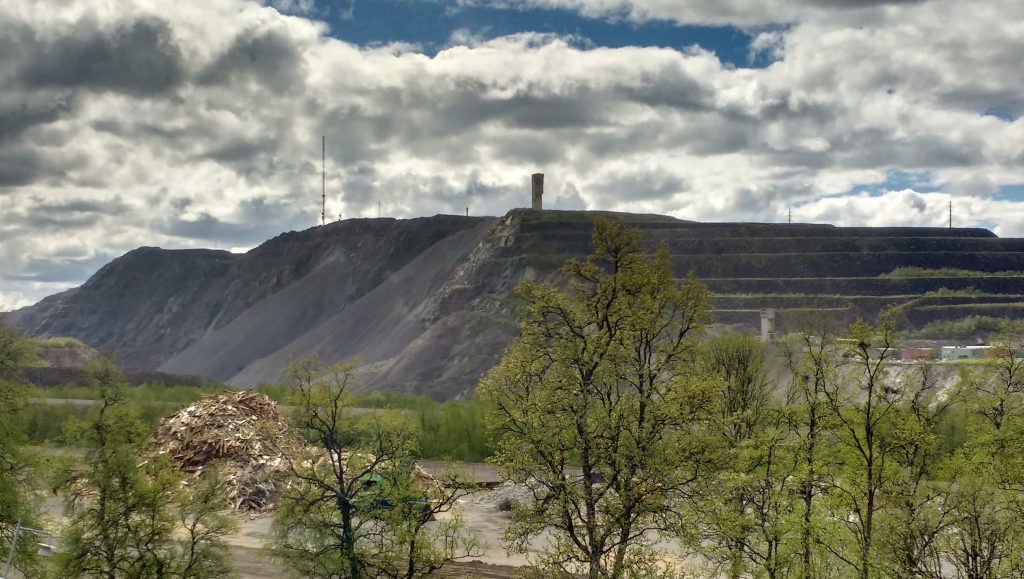
Signs around town proclaim that Kiruna is a “City on the Move!” Tour guides who take visitors deep into the iron mine paint a rosy picture of the development of the new city, and indeed the architectural renderings imagine a modern city that reflects that cultural history and the Arctic identity of the city. But walking among the piles of debris, with signs of destruction everywhere, it’s hard not to wonder about what will be lost. While Kiruna adapts to an environmental catastrophe of its own making, it is not the only Arctic city to turn to relocation as a means for adapting to a changing environment.
In 1649, the town of Luleå, Sweden, was moved from its original site because of decreasing sea level. Post-glacial rebound, the process by which land rises after being freed of the weight of a glacier, caused the effective decrease in ocean levels leaving the bay too shallow for ships to enter. These days the old city site, now referred to as Gammelstad (meaning old town), is an UNESCO World Heritage Site and visited mostly by tourists and for special events. The modern city of Luleå still relies heavily on shipping, and continues to face the same challenge of post-glacial rebound and decreasing sea levels as in the past. Old timers remember islands that were previously accessible only by boat, but are now separated instead by mud bars, allowing people to wade between the smaller islands. The municipality of Luleå plans to deepen the port to allow bigger ships, but even if not for this multi-billion kronor project, the city would have to continuously dredge the harbor just to continue to allow ships that are currently using the port. Modern technology that makes dredging an option means that for now, Luleå won’t have to resort to relocation as the only method to preserve the city’s viability.

While in Kiruna, the decision has been made to continue the activity that necessitates relocation, and in Luleå alternative measures can be used to adapt to environmental changes, coastal and island towns in the Arctic such as Shishmaref, Alaska, have fewer options and much less influence over the changes that affect their towns. Sea level rise threatens to overtake the barrier island on which Shishmaref is located. Investing in sea walls and coastal barriers help mitigate the effects of rising sea levels in the short-term but in the long-term, leaving is the only viable choice. While climate refugees in Louisiana and the Carteret Islands were resettled in other communities, the village of Shishmaref plans to relocate the whole town. Relocating a whole community may help preserve some community social networks, but comes at no small price. The relocation of Shishmaref will cost an estimated US$180 million, and so far the source of that funding is uncertain. Shishmaref is one of 31 villages that the Arctic Institute estimates will need to be relocated on account of rising sea levels due to climate change.
The residents of Shishmaref voted 89 to 78 in favor of relocation, with opinions largely split among age groups. While some voted against the move because of trepidation of the new site that was chosen, many of the older residents see the island as their home, and though they might retain their families, neighbors, and social networks in the move, the places that have framed their lives- their house, the school, the land itself- would be lost. It’s hard to tell whether relocating an entire town helps to preserve social capital more effectively than resettling individual residents. Relocating an entire town or city is an extreme measure for adapting to environmental changes but as climate change progresses causing thawing permafrost and rising sea levels, many Arctic cities will face few options other than to pack up and leave.

